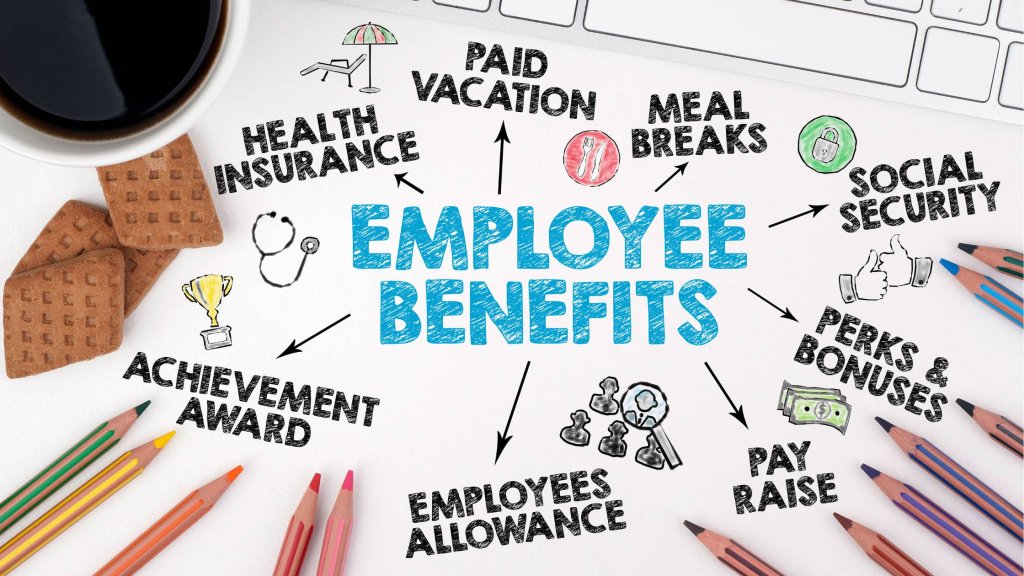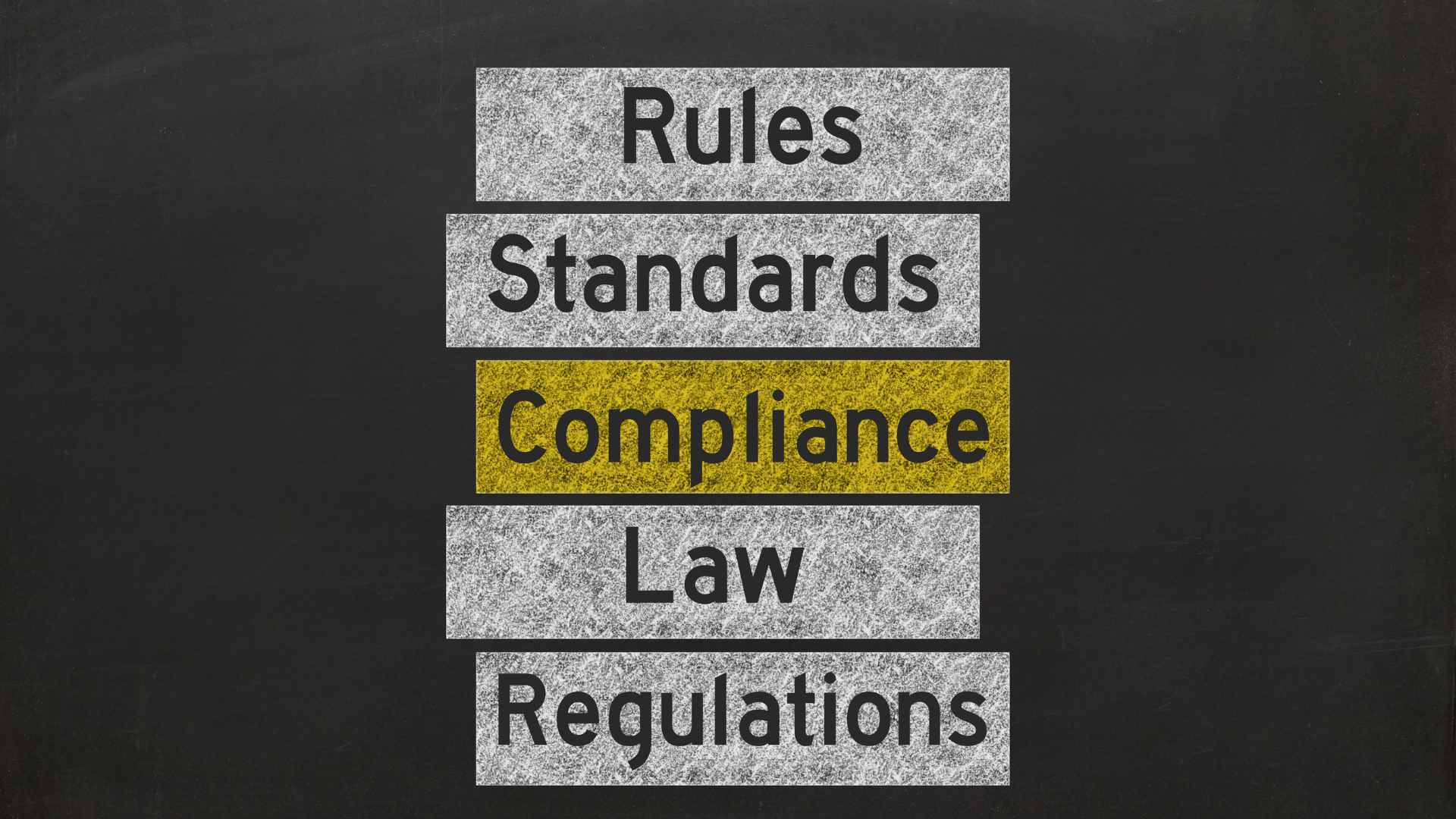VIEW BY TOPIC
- Finding Customers
- Business Systems
- Managing Employees
- Leadership
- Managing Money
Related Posts

Ready to Grow Your Business Fast?
Here’s How I Grew Five Businesses, and Eventually Sold One to a Fortune 500 Company.

Getting your employees paid isn’t just a matter of cutting a check. You need to consider different payment methods, compliance with legal regulations, and what suits your team members’ preferences. It’s a complex process that merits close attention. In this article, we will discuss the various methods of paying your employees.
Different Types of Payment Methods
Salary
A fixed salary is a common method for compensating employees. The main advantage is predictability, both for the business and the employee.
Hourly Wages
Paying employees by the hour offers flexibility, especially for businesses that experience fluctuating workloads. Accurate timekeeping and time tracking are essential for this method, which is why many businesses use software and tools to ensure compliance.
Commission
Commission-based payment is generally used in sales roles. This motivates employees to close deals or meet sales targets.
Freelance/Contractual
Some small businesses rely on freelance or contractual workers. The payment for these workers is often project-based.
Legal Requirements

Federal Regulations
Awareness of federal regulations related to employee payment is a must. This includes the Fair Labor Standards Act (FLSA), which addresses minimum wage and overtime pay.
State Regulations
State laws may also have additional requirements, such as higher minimum wages. Business owners must be aware of these and implement them accordingly.
Pay Stubs
Providing pay stubs that detail gross wages, deductions, and net wages is often a legal requirement. Make sure to comply with this regulation to avoid legal issues.
Financial Planning and Budgeting
A significant portion of your business budget will be allocated to employee salaries. Detailed financial planning helps ensure that you can meet payroll needs without compromising other areas of your business.
Payroll Software
Investing in payroll software can significantly reduce the workload and margin for error. Such software automates most of the calculations and can directly deposit payments into employee bank accounts. In addition, businesses with complex international payroll requirements can streamline their operations by exploring the options available through international payroll outsourcing companies.
Taxes
Tax obligations differ based on your business structure and location. There are federal taxes, state taxes, and sometimes local taxes to consider.
Withholding Taxes
Employers are generally responsible for withholding appropriate taxes from employee paychecks.
Employer Taxes
In addition to withholding taxes, employers must also contribute to Social Security, Medicare, and unemployment taxes.
Setting Up Direct Deposits
Bank Coordination
One way to streamline the process of paying employees is through direct deposit. This involves collaborating with a bank to electronically transfer funds into employees’ bank accounts.
Authorization
Employees must fill out a direct deposit authorization form, which usually includes their bank account and routing numbers. After that, a test transaction is typically performed to ensure the information is correct.
Advantages
Using direct deposit can be a timesaver and also reduces the chance of checks being lost or stolen. However, there may be setup costs involved, so evaluate if this method aligns with your business objectives.
The Importance of a Schedule for Paying Employees
Consistency
Having a set payroll schedule is important for both the employer and employees. It ensures that funds are allocated correctly and provides a sense of financial security to your staff.
Common Schedules
Payroll schedules vary. The most commonly used ones are weekly, bi-weekly, and monthly. The choice often depends on the nature of your business and employee preferences.
Adjustments and Bonuses
Apart from regular wages, other payments like bonuses or overtime should align with your payroll schedule for simplicity and consistency.
Record-Keeping for Compliance
Types of Records
In line with legal requirements, employers must keep accurate records for their employees. This includes not just wage and hour information but also tax withholdings and other deductions.
Storage

Records should be stored securely to ensure both confidentiality and ease of access for auditing purposes. This can be done either physically in a secure location or digitally with proper data security measures.
Duration
According to federal law, employers must keep payroll records for at least three years. Failure to do so could result in penalties.
Potential Challenges and Solutions
Payroll Errors
Mistakes in payroll can occur and when they do, they should be corrected promptly to maintain trust.
Communication
Keep lines of communication open with your employees. If they have questions or concerns about their pay, they should feel comfortable approaching management.
Unexpected Costs
There may be unexpected costs such as worker’s compensation or back pay for miscalculated wages. Plan for these contingencies in your budget to ensure that you can meet your obligations.
Integrating Benefits Into Paying Employees
Types of Benefits
Employee benefits such as health insurance, retirement contributions, and bonuses should also be integrated into the payroll system for seamless management.
Documentation
Each benefit should be properly documented, detailing the contribution from both the employer and the employee. This simplifies the calculation of taxable income.
Flexibility
Offering benefits provides an additional incentive for employee retention. Make sure to consult with your team to tailor the benefits package to their needs.
Outsourcing Payroll Services
Third-party Services
For those who find the payroll process too complex or time-consuming, outsourcing to a third-party service is an option. These services manage everything from wage calculation to tax filings.
Cost-effectiveness
Although there’s an additional cost involved, outsourcing could save money in the long run by reducing the likelihood of costly errors or legal complications.
Due Diligence
Before choosing a service, thorough research is advised. Check customer reviews, ask for recommendations, and possibly consult with a financial advisor.
Seasonal and Part-time Employees
Variable Hours
For businesses that rely on seasonal or part-time employees, a flexible payroll system is essential. Such employees often work variable hours, which requires close attention to accurate record-keeping.
Tax Considerations
Tax obligations for part-time or seasonal employees can differ. Consult a tax professional to understand how to properly withhold and report taxes for these workers.
Adaptability
Your payroll system should be adaptable enough to handle fluctuating employee numbers and different types of employment contracts, especially if your business is seasonal in nature.
Transitioning to a Larger Business
Scalability
As your business grows, your payroll system should be able to scale with it. This might involve transitioning from manual methods to more sophisticated software or even an outsourced service.
Training
As you expand, new members may join the financial team. Training is essential to ensure that everyone understands the payroll system and legal obligations.
Continual Review
An expanding business should conduct regular audits of its payroll system to identify any areas for improvement or adjustment.
Conclusion on Paying Employees
Ensuring that your employees are paid accurately and on time is a critical function that affects morale and trust within the organization. The implications extend far beyond mere transactional exchanges.















